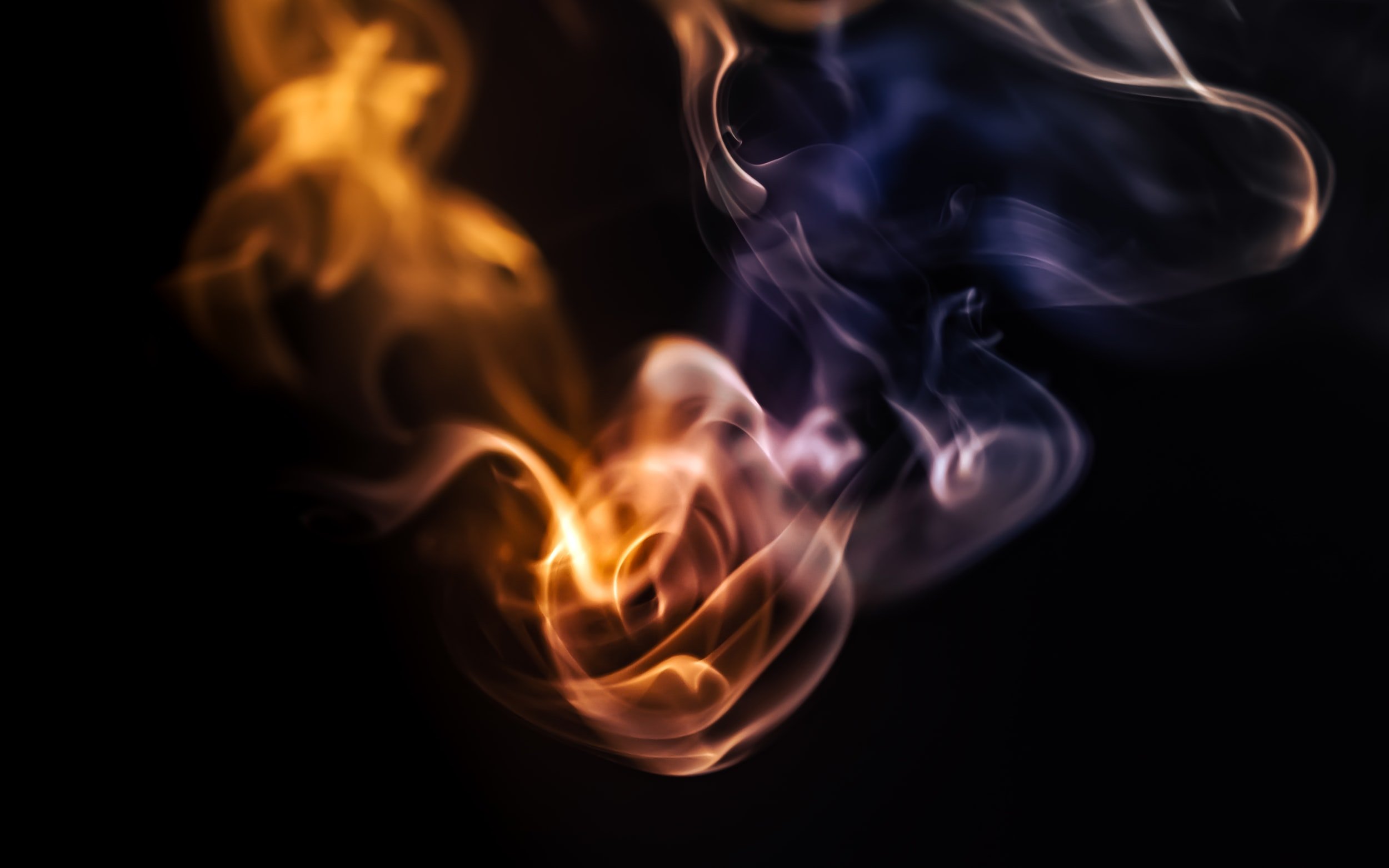Cannabis & the 5 Senses
There are many factors that influence your preference in cannabis. For many, years of experience and experimentation have given them a know-how of what they like and don’t like, but what is that based on? If you’re assessing a strain you’ve never tried before, here are some quality indicators to look for based on how they appeal to the five senses:
TASTE
When determining the taste of the cannabis you’re inhaling, quality is commonly determined by flavour and smoothness. After letting the inhalation settle on your tongue for a moment, what can you taste? Quality flowers will leave more obvious flavours of fruit, flowers, skunk, fuel, berries, or sweetness behind.
Here are some particular terpenes to look out for that impact the taste of dry-flower:
Caryophyllene: Spicier than you’d think, this terpene coats your throat with an almost peppermint-like sensation.
Myrcene: This terpene doesn’t taste much like anything aside from itself. Hints of mango and dankness abound.
Limonene: Limonene doesn’t taste as much like citrus juice as you’d expect. Instead, this terpene is relatively sweet.
Pinene: Thankfully, pinene doesn’t taste like pine sap. Instead, it tastes somewhat earthy or even minty.
Humulene: Humulene tastes earthy, but it also has a powerful hops undertone.
Linalool: Linalool has a light, crisp taste that resembles lavender ice cream.
Terpinolene: Some people say terpinolene has a fruity flavor, but others say it’s more floral or herbal.
AROMA
High quality cannabis that have undergone meticulous cultivation and curing processes are often the most pungent and enjoyable to smell. Terms such as “dank” are commonly used when referring to particularly fragrant dry flower, and may be referring to more specific odors such as skunk, diesel, and pine. In short, the stronger the fragrance is, the more potent and in-depth your high will be.
Like taste, specific terpenes will impact the flavour and pungency of the dry flower:
Caryophyllene: One of the most common terpenes in cannabis, caryophyllene smells woody, or like cloves.
Myrcene: This terpene is the main culprit responsible for the unmistakably “dank” smell of cannabis, and it’s also found in mangoes.
Limonene: Also found in citrus peels, limonene has a sharp, fruity aroma.
Pinene: This terpene smells distinctively piney, and it’s also found in pine trees.
Humulene: Found in many types of deciduous trees, humulene has a woody aroma.
Linalool: Also present in lavender, linalool has an iconic floral aroma.
Terpinolene: As the “mystery terpene,” terpinolene smells like many different things at once.
APPEARANCE
Not unlike fresh vegetables and fruits, you can survey dry flower for visual cues like colour, shape, and crystals to determine its quality. High-quality dry flower should also be well-manicured. Sativa dominant flowers are more likely to appear fluffy, while indicas are more commonly denser, perhaps almost tightly-packed. Watch out for bud that is too far in one direction, such as too fluffy or too dense. This could be an indicator that the cultivators' growing process could use improvement.
High-end cannabis buds are often a deep green with flaming orange or red hairs, you may also see surprising colour like blues and purples.
Another important visual indicator of good weed are the trichomes, or “crystals”, present on the bud (or lack thereof). Trichomes are the tiny, glimmering crystal-like specks on the plant's surface that are partly responsible for the flower's smell, flavor, and effects.
“The more frosty trichomes you can see with the naked eye, the better indicator of the flower's intoxicating and therapeutic potency. If your eyesight has seen better days or you want to get up close, use a magnifying glass to get an even better sense of a nug's trichomes.”
TOUCH
Top-shelf flower should be sticky and slightly spongy when you touch or gently squeeze it between your fingers. Sticky flower is often a clue that you may be in for a high-quality high, this is because of the higher resin content (this means high levels of cannabinoids). Without being completely dry or crumbling in your fingers, stems should snap and the bud should be relatively easy to break apart. Alternatively, buds that are too wet or soft should be avoided, as they are more likely to grow mildew.
SOUND
Alright, you got us. Dry flower doesn’t usually appeal to your sense of hearing. Although if you’re visiting your favourite dispensary and think you hear our products calling your name, we don’t blame you!
References: The Complete Guide to CBD Flower Flavors and Aroma in 2022 / How to distinguish good weed from bad weed / How To Differentiate Good From Bad Quality Marijuana Buds



